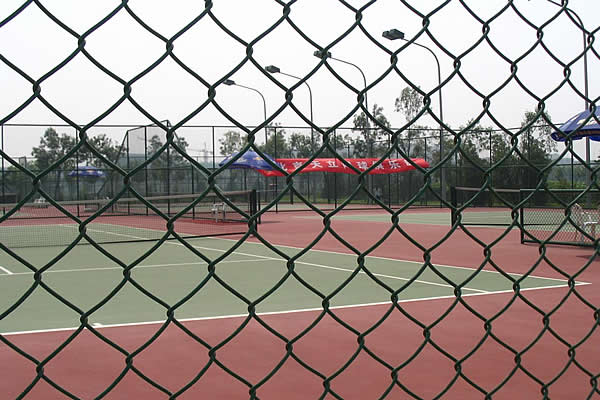 TEL:
+86-13102802206
TEL:
+86-13102802206
 Email:
fencenetting@china.com
Email:
fencenetting@china.com
 Language
Language
 TEL:
+86-13102802206
TEL:
+86-13102802206
 Email:
fencenetting@china.com
Email:
fencenetting@china.com
 Language
Language


Using Gabions as Retaining Walls
In the realm of civil engineering and landscape architecture, retaining walls play a vital role in managing soil erosion, preventing landslides, and creating usable space in hilly or sloped areas. Among various materials and methods available for constructing retaining walls, gabions have gained prominence due to their unique properties and numerous advantages.
Gabions are wire mesh cages filled with stones or other materials, creating a robust structure that can retain soil and withstand the forces exerted by it. The word gabion comes from the Italian gabbione, meaning “big cage,” which aptly describes their structure. These walls serve both functional and aesthetic purposes in various environments.
Using Gabions as Retaining Walls
From an environmental standpoint, gabion walls are also beneficial. They can be constructed using locally sourced stones, minimizing the carbon footprint associated with transporting materials. Their porous nature can help prevent erosion by allowing water to flow through while trapping sediment. Over time, the vegetation that grows on the gabion surface can help stabilize the soil, further enhancing the ecological balance of the area.

Moreover, gabions exhibit flexibility when it comes to design and application. They can be constructed in various shapes and sizes, making them suitable for diverse landscaping needs, from small residential gardens to large commercial developments. Their adaptability allows for creative landscaping solutions that might involve curving walls or varying heights, fulfilling both structural and aesthetic requirements.
Constructing gabion retaining walls is relatively straightforward compared to traditional alternatives. The installation process typically involves excavating the desired area, placing the wire mesh gabions, and filling them with stones. This simplicity not only reduces labor costs but also allows for quicker project completion. Furthermore, in cases of damage, individual gabion units can be easily repaired or replaced without dismantling the entire structure.
Another crucial aspect to consider is cost-effectiveness. Gabion walls tend to be more economical than their concrete counterparts. The materials required—wire mesh and locally sourced stones—often come at a lower price, making gabions a favored choice among builders and developers working within tight budgets.
Despite their numerous advantages, the use of gabions as retaining walls does come with certain considerations. For instance, proper design and engineering are essential to ensure stability, especially in areas with significant soil stress. Additionally, while gabions are generally durable, the quality of materials used in construction will influence their longevity. Proper maintenance, such as periodic inspection of wire mesh for corrosion, will help prolong the life of the wall.
In conclusion, gabions represent a versatile and environmentally friendly solution for retaining walls. Their ability to drain water, support vegetation, and adapt to various design needs makes them a preferred choice for many civil engineering projects. As we continue to develop sustainable construction practices, gabions demonstrate how traditional materials can be repurposed to address modern engineering challenges effectively. By integrating gabions into retaining wall design, we take a step towards better environmental management while enhancing the harmonious integration of infrastructure with nature.